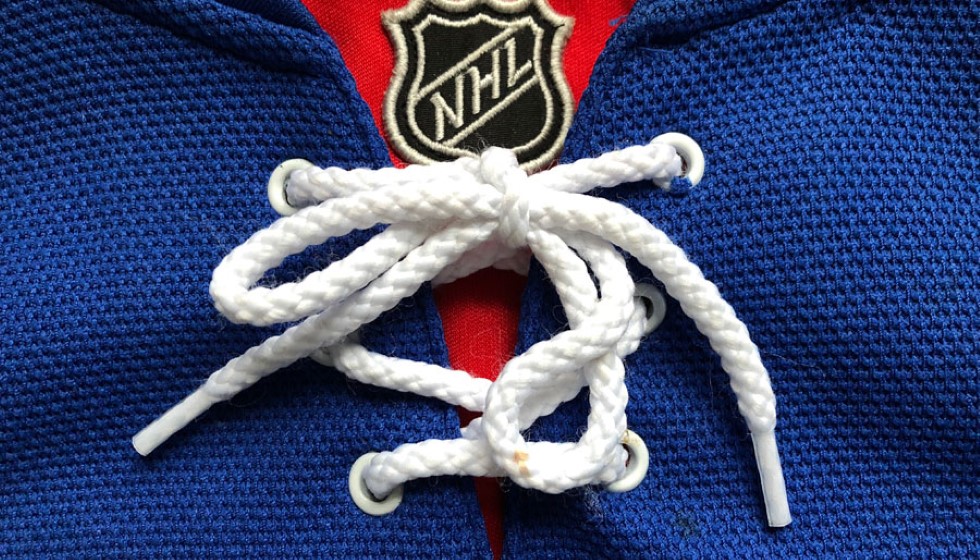
Comcast and Bally Sports have reunited to bring regional sports networks back to Xfinity viewers, just in time for the start of August. This resolution follows prolonged negotiations between Comcast and Diamond Sports Group, culminating in a new carriage agreement that restores Bally Sports channels to keen sports enthusiasts.
The arrangement, a significant win for Diamond’s ongoing Chapter 11 restructuring, is pivotal for fans eager to follow local MLB, NBA, and NHL games. These broadcasts will be available to those subscribed to Xfinity's "Ultimate TV," the company’s most premium cable package.
Return of Bally Sports Channels
The channels' restoration couldn’t be timelier. Sports enthusiasts who subscribe to Xfinity’s "Ultimate TV" package can enjoy a free three-month trial if they upgrade by August 30, before the service transitions to a $20 monthly fee. The channels were initially pulled early in May, causing widespread frustration as negotiations wore on. A confirmation hearing that had been slated for late July was also postponed, adding to the uncertainty.
“Entering a new carriage agreement with Comcast, our third largest distributor, is a critical step forward in our restructuring effort, and we are pleased that fans will again be able to access broadcasts of their local teams through Xfinity,” said Diamond CEO David Preschlack. This sentiment mirrors the anticipation felt by numerous fans awaiting the return of their beloved channels.
Chapter 11 Restructuring and Future Plans
Diamond Sports’ journey through Chapter 11 restructuring has been fraught with challenges. The ongoing efforts have stretched across sixteen months, with this new deal representing a crucial stride in their recovery process. Diamond aims to solidify its digital-rights agreements with both the NBA and NHL, allowing even broader access for fans.
“With certainty on our distribution, we are focused on finalizing an agreement with the NHL and resolving our ongoing negotiations with the NBA. We are mindful that time is of the essence with basketball and hockey seasons fast approaching, and once agreements with our team and league partners are complete, we intend to move expeditiously to present a plan of reorganization to the court,” Preschlack added.
Comcast’s Reach Across MLB Markets
Comcast’s extensive presence in markets home to MLB teams like the Atlanta Braves, Minnesota Twins, Detroit Tigers, Kansas City Royals, Tampa Bay Rays, and Miami Marlins ensures a broad swath of fans can once again enjoy live local broadcasts. Bally Sports’ streaming app provides an in-market option for watching games for Marlins, Rays, Royals, and Tigers fans. Unfortunately, Braves and Twins fans face more limited options due to the absence of the Bally Sports streaming app, highlighting an area that might need addressing in future agreements.
Diamond holds linear rights to twelve MLB teams, and the renewed access via Comcast arrives just as anticipation for the basketball and hockey seasons builds. Fans can expect the same high-quality coverage they’ve come to love, strategically timed to align with the sports calendar’s peak moments.
Strategic Implications
Strategically, this deal underscores the importance of timely and effective communication between distributors and sports networks. The delays caused by extended negotiations have underscored the significance of pre-emptive planning and alignment, especially in an industry where broadcast rights and live content are core commodities.
This agreement provides a stabilizing force for both companies, bridging an important gap in service and ensuring fans are not left in the lurch. As Diamond moves forward with its restructuring and finalizes its agreements with the NBA and NHL, the importance of stable, reliable carriage agreements cannot be overstated.
The landscape of sports broadcasting continually evolves, and deals like this one between Comcast and Bally Sports are indicative of the adaptive strategies necessary to navigate the complexities of the industry. For now, fans and stakeholders alike can breathe a sigh of relief as their favorite local sports return to their screens.